#pacific western
Explore tagged Tumblr posts
Text

A valley in the siskiyou’s on my old digicam <3 I am forever divinely enthralled by these mountains
#photography#americana#pacific northwest#rural gothic#rural decay#western#abandoned homes#digital camera#southern gothic#fog#regional gothic#northern gothic#rural aesthetic#rural landscape#rural photography#digicam#digicam photography#western gothic#Oregon#southern oregon#haunted house#decay#decay of angels#abandoned house
2K notes
·
View notes
Text
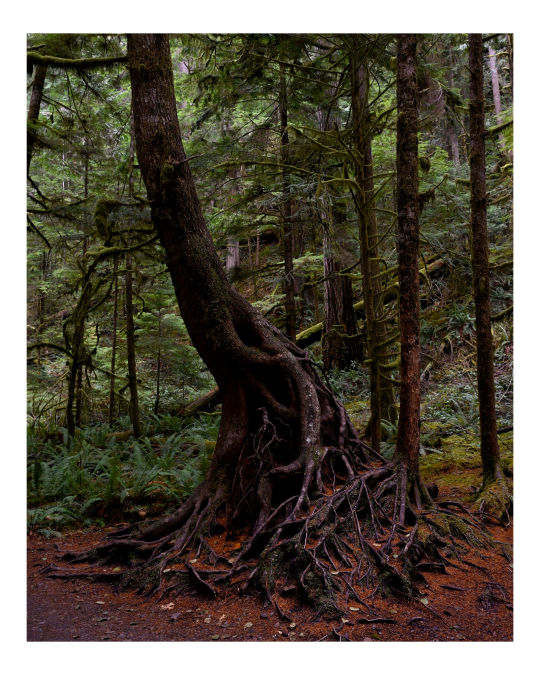
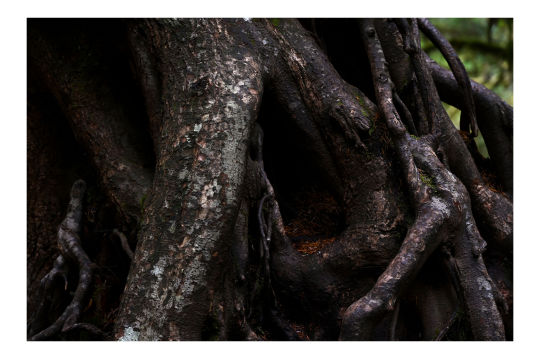
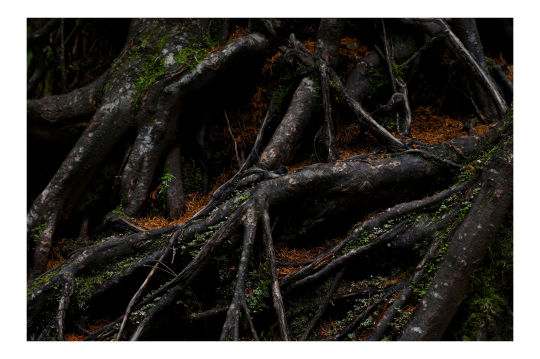
Intricate cascading roots on a Western Hemlock, Tsuga heterophylla.
Olympic National Park| 11-30-2023
credit: @pickleweed2 / IG: @cxlman
#Western Hemlock#Tsuga#dendrophilia#forest#trees#forest floor#olympic peninsula#olympic national park#washington state#pnw#pacific northwest#nikon#pnw photography#original photographers
4K notes
·
View notes
Text

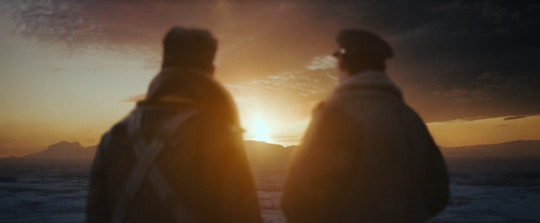


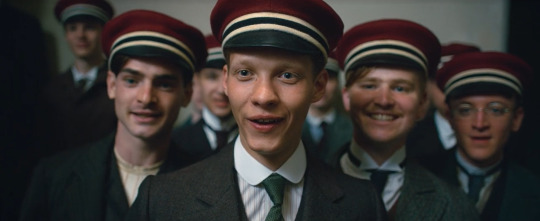


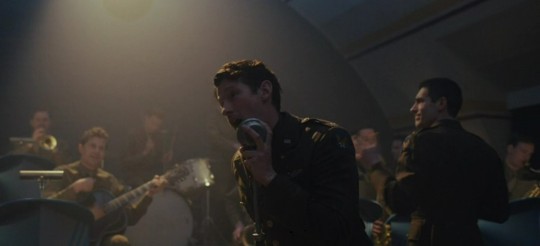
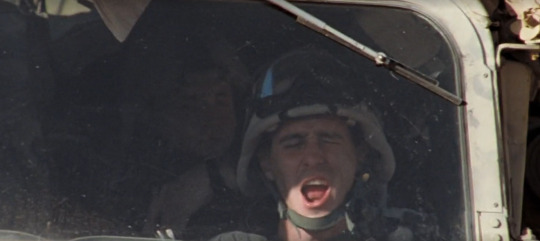

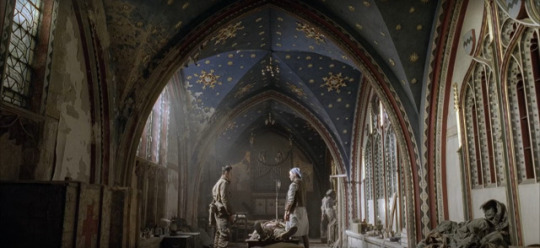


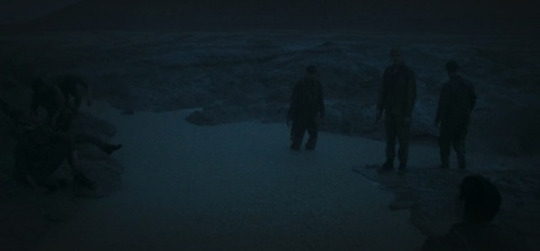
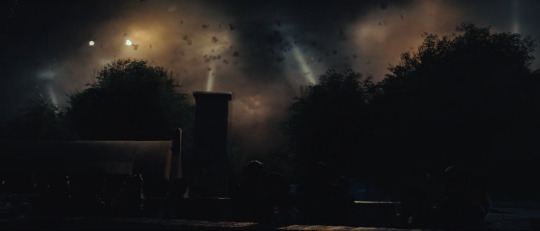


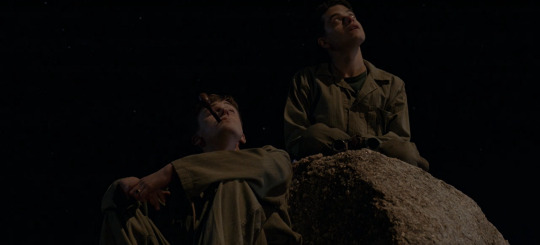

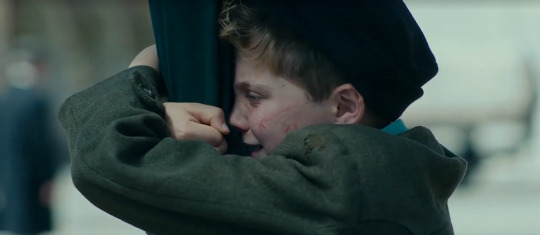


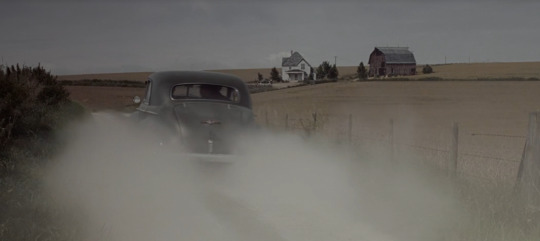
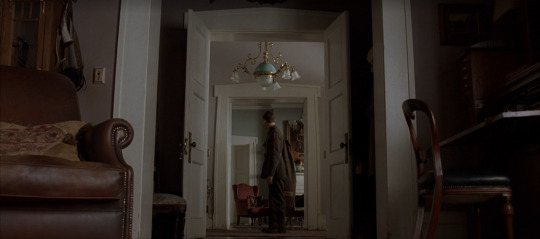

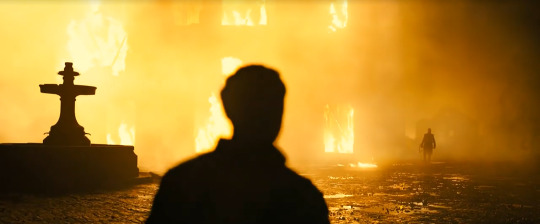
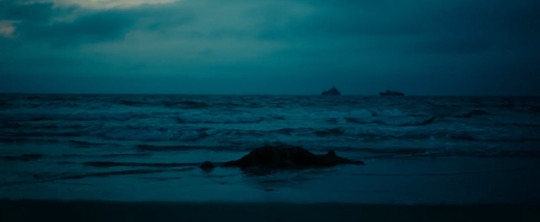



I Know The End, Phoebe Bridgers / Masters of The Air (2024) / SAS: Rogue Heroes, Season 1 (2022) / All Quiet on the Western Front (2022) / Generation Kill (2008) / Band of Brothers (2001) / The Pacific (2010) / Jojo Rabbit (2019) / Saving Private Ryan (1998) / 1917 (2019) / Dunkirk (2017) / War Horse (2011) / The Pianist (2002)
#and if i said i fucking ate with this one#band of brothers#masters of the air#sas rogue heroes#the pacific#phoebe bridgers#all quiet on the western front#generation kill#jojo rabbit#saving private ryan#1917#dunkirk#war horse#the pianist#web weaving
574 notes
·
View notes
Text






@fishermod submitted: Got a bunch of friends for identification! An earwig that randomly appeared in my bathroom (deposited outside), a tiny 'ling that showed up at breakfast (placed on a chair out of harm's way), a slug and a not-quite-slug, all from the Lower Mainland region of BC, Canada. The last two pics were taken at a friend's place in nearby Eastgate. Thanks!
Excellent friends! In order they're an earwig in the genus Forficula, a yellow sac spider, a banana slug, a western eyed sphinx caterpillar, a comma butterfly but don't ask which one, and I think maybe a bee fly, but I'd need more photos to tell you which one. MAYBE Villa lateralis.
#animals#insects#bugs#arachnids#submission#spider#earwig#western earwig#yellow sac spider#slug#banana slug#pacific banana slug#moth#caterpillar#video#larva#sphinx moth#western eyes sphinx#butterfly#comma#fly#diptera#bee fly#long post
162 notes
·
View notes
Text

Purple
#mushroom#fungi#fungus#mushrooms#artists on tumblr#nature#original photographers#original photography#photography#photographers on tumblr#Washington#pacific northwest#forest#cottagecore#explore#p#western amethyst laccaria
154 notes
·
View notes
Text
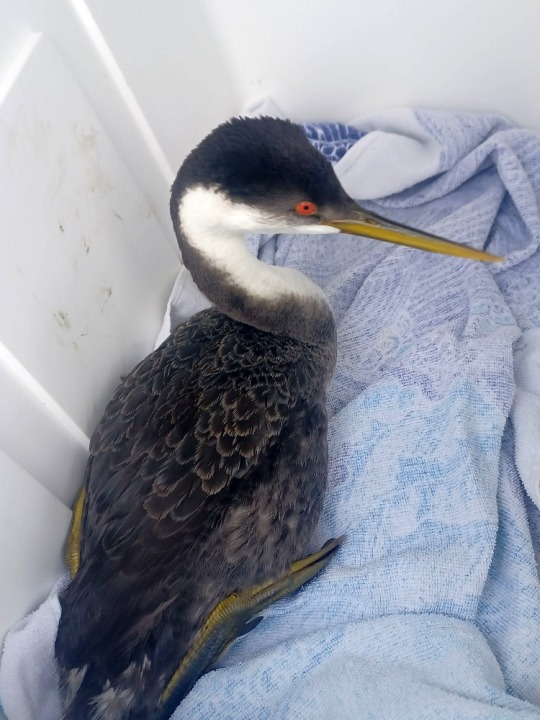
Today is apparently ANGRY STABBY BIRB DAY.
I was taking a walk on the boardwalk out near Bolstadt in Long Beach, when I came across this western grebe (Aechmophorus occidentalis) stranded on the path ahead of me. It looked alert and uninjured, so chances were just that it couldn't take flight off of the hard surface, but I called Peninsula Wild Care anyway to see if they wanted to bring it in for a checkup.
They quickly coordinated a couple of volunteers to meet me nearby, and I needed to get the grebe out of the way since a lot of people walk their dogs there and not all of them are on leashes. I figured okay, this is a relatively small bird, not as big as the muscovies I've carted around on the farm, and it seems calm, right?
NOPE. As I tried to gently reach for the grebe it turned from a calm, if confused pile of feathers on the decking to Stabby McStabberson, and I very nearly got jabbed and nipped a few times by a long, pointy beak attached to a surprisingly agile and very much NOT happy bird. I ended up having to take my hoodie off and dropping it over the entire grebe, and only when the lights were out could I bundle it up and carry it over to the meeting place.
Since it was pretty energetic, not obviously sick or injured, and its body condition felt decent (at least through the hoodie) I'm hoping it's going to get released soon enough after a checkup and a nice meal of fish. Many waterbirds have a lot of trouble taking off from hard surfaces because their feet are so far back on their bodies--which is great for swimming and water takeoffs, but not so helpful on land. If the bird had stayed stranded there they could have been injured or killed by another animal, or ended up dehydrated.
So let's hear it for Stabby the Angry Grebe, and wish them a good release back into the wild!
#grebe#western grebe#birds#birbs#birdblr#wildlife#animals#dinosaurs#avian#avian dinosaurs#Washington#Pacific Northwest#PNW#animal rescue#animal rehab#wildlife rehab#ecology#nature#conservation#migratory birds
857 notes
·
View notes
Text

Western Harebell
#artists on tumblr#original photographers#original photography#hiking#pacific northwest#nature#washington#pnw#nikon#orofeaiel#western harebell#flowers#flora#purple#summer#plants#macro photography#cottagecore#naturecore
312 notes
·
View notes
Text

191 notes
·
View notes
Text







“A hospital alone shows what war is.” - Erich Maria Remarque, All Quiet on the Western Front
365 notes
·
View notes
Text
Here There & Everywhere ⋋(•⌔•)⋌ Western Gull


#San Francisco Bay Area#San Francisco#Mountains#Ocean#Birds#Guano#Pier#Gull#Seagull#Western Gull#Pacific Ocean#Marin Headlands#Marin County#Fort Baker#California
137 notes
·
View notes
Text

Southwest Oregon, a favorite old house of mine.
#photography#southern gothic#americana#pacific northwest#rural gothic#rural decay#digital camera#fog#digital photography#western#abandoned homes#abandoned house#abandoned buildings#abandoned#digicam#nostalgiacore#nostalgia#dark naturalism#decay#decay of angels#industrial decay#haunted#haunted house
2K notes
·
View notes
Text

#western airlines#american airlines#national airlines#pan am#pan american world airways#delta air lines#united airlines#eastern airlines#northwest orient airlines#aloha airlines#air canada#hughes airwest#twa#trans world airlines#continental airlines#ozark airlines#air california#klm royal dutch airlines#psa#pacific southwest airlines#cp air#canadian pacific air lines#china airlines#boac#british overseas airways corporation#vintage#airline#bag
173 notes
·
View notes
Text

Elephant Rocks, Denmark, Western Australia: Elephant Rocks is a sheltered beach in Western Australia, a few hundred metres east of Greens Pool. It is located about 15 km west from Denmark, in William Bay National Park. Its name is derived from a series of exposed rocks, which from several angles resembles a herd of elephants. Wikipedia
#elephant rocks#denmark#william bay national park#western australia#australia#ocean beach#south pacific#oceania#oceania continent
86 notes
·
View notes
Text
I'm glad western streamers have been gettinto indie games from Russia and Asia, especially horror games since horror is such a communicative genre and says so much about cultural mores, but I wish these cavalier white dudes would have a little more curiosity about the foundations of the imagery and neuroses the games are communicating with. whenever I see or play games from outside my home culture I'm always desperately curious about what I'm MISSING as a white American and it's always so satisfying and educational when I am able to have it explained to me or if I can look it up, even though I know I can only perceive it as an outsider. just stuff I'm ignorant about, like for some recent examples I can remember, stuff like Buddhist funeral objects or symbolism, Japanese vowel order, Russian Orthodox convent history, apartment layouts and community organization in Soviet housing blocs, uhhh let's see what else. candle and food symbolism around death and traditional forms of ghosts in the Philippines. customs and uses of, and gender issues around, communal bath houses in rural Japan. that kind of thing. i really really miss the few years where you really could type any of those topics into the Google search bar and usually get some kind of factual information written by humans. it's not impossible to look stuff up anymore but I can't express how easy it used to be.
#actually just lying here it occurs to me any of those phrases could probably be typed into Academia.edu with good results#i should do that more#just casually says “russia and asia” as if thats a meaningful geographical or culture designation#sorry#i only didnt mention oceania because i ahvent actually seen/played any aotearoa games yet#glad western streamers are playing some games from “the entire other half of the world” more like#and the Pacific islands#saw a great australian indie horror recently though
75 notes
·
View notes
Text
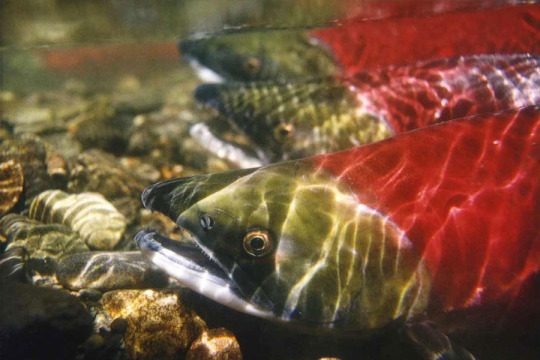


Settle In with the Sockeye Salmon
The sockeye salmon (Oncorhynchus nerka), also known as the red salmon, or the blueback salmon, is one of thirteen species of salmon endemic to the north Pacific Ocean. In their juvenile years they live in the open sea, but as fresh hatchlings and adults they can be found in freshwater rivers and streams. However, the subspecies known as the kokanee salmon are trapped in landlocked lakes and do not migrate as other sockeye salmon do. When migrating, the species can venture well inland to western North America and portions of eastern Asia, including Japan, Russia, and parts of Siberia.
Like most salmon, the sockeye is most famous for its lifecycle. It is an anadromous species, meaning that individuals migrate based on their life state. Newly hatched fry emerge from nests laid in the beds of freshwater systems, and spend their first 1-3 years before moving downstream to the ocean. There, they spend another 4-5 years in schools of up to several hundred, before they reach sexual maturity.
Beginning in July, mature adults begin the great migration back to the area in which they spawned. Once they reach their breeding grounds, males form into strict heirarchical groups and begin to court the available females. Meanwhile, each female digs a shallow nest in the riverbed and lays her eggs. Her chosen male partner-- or several-- lays a cloud of sperm over the eggs. A male may fertilize several nests before he dies; the female perishes soon after. The eggs, laid in clutches of up to 200, take approximately 40 days to hatch, at which point the cycle begins again.
As juveniles living in the ocean, red salmon are somewhat unremarkable. They have long, torpedo-shaped bodies that are generally silvery blue in color, sometimes with dark speckling. Individuals retain this coloring until well into their journy as adults, where males and females begin to significantly diverge. At their peak, adults may be anywhere from 60 to 84 cm (2 ft 0 in – 2 ft 9 in) in length and weigh from 2.3 to 7 kg (5–15 lb), with males being somewhat larger than females. Both males and females also change color; the head turns green, while the body turns bright red, although the color change is more striking in males. Finally, the shape of the male changes drastically, with the mouth becoming more hooked and the body growing a large hump.
Unlike other salmon, both adults and juvenile O. nerka feed throughout their lives. Fry and ocean-bound juveniles feed mainly on copepods and other zooplankton, while migrating adults also consume larger insects and invertebrates. Young blueback salmon are vulnerable to predation from larger fish such as lake trout, squawfish, and mountain whitefish, as well as larger invertebrates and frogs. Individuals living in the ocean are less predated upon, although they can still be caught by larger animals such as seals, sea lions, and sharks. Terminal-stage adults are large, easy targets and are consumed by a range of species; most namely bears and large birds such as gulls and eagles.
Conservation status: The IUCN considers the sockeye salmon to be of Least Concern. However, the species is listed on the United States Endangered Species Act. Populations have declined significantly throughout its range, largly due to overfishing, habitat degredation and the destruction of their breeding grounds.
Photos
NOAA Fisheries
Sergei Gorshkov
Roger Phillips
#sockeye salmon#Salmoniformes#Salmonidae#pacific salmon#salmon#salmonids#fish#freshwater fauna#freshwater fish#rivers#river fish#marine fauna#marine fish#open ocean#open ocean fish#Pacific ocean#north america#western north america#asia#east asia#north asia#animal facts#biology#zoology#ecology
68 notes
·
View notes
Text
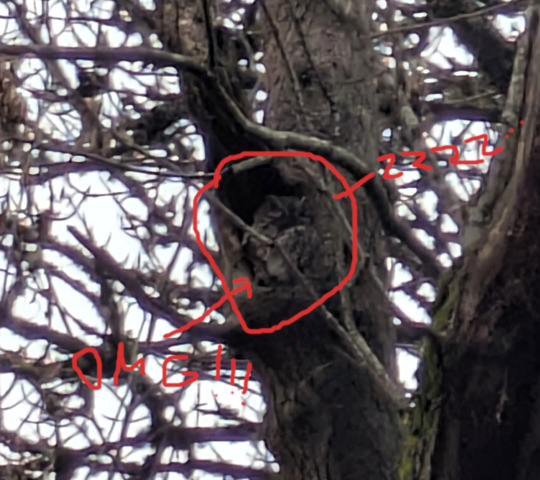



I took advantage of the last not-rainy day for a while and spent a couple of hours birding and otherwise enjoying nature at Oaks Bottom Wildlife Refuge in SE Portland. This is quickly becoming one of my favorite close-in nature areas, and was a great place for waterfowl watching! I got to see common mergansers fighting over food, northern shovelers and green-winged teal dabbling in the shallows, American wigeons and gadwalls keeping a more wary distance, and--best of all--I finally got to see my very first western screech owl! Two, actually, though one was basically just visible as the edge of a wing sticking out of a crevice in a tree, but the other one was fully in view while snoozing in a hollow.
There was also the requisite amount of Portland-esque graffiti, plenty of mosses and lichens, and SO MANY VERY GOOD DOGS. I decided to head back to the car once the crows started flying overhead en masse to head to the Park Blocks downtown to roost in the trees overnight, but I'll be going back soon.
#Oaks Bottom#Oaks Bottom Wildlife Refuge#Portland#Oregon#PNW#Pacific Northwest#owl#western screech owl#birds#birdblr#lifer#nature#wildlife#animals#moss#lichens#plants#fungi
114 notes
·
View notes